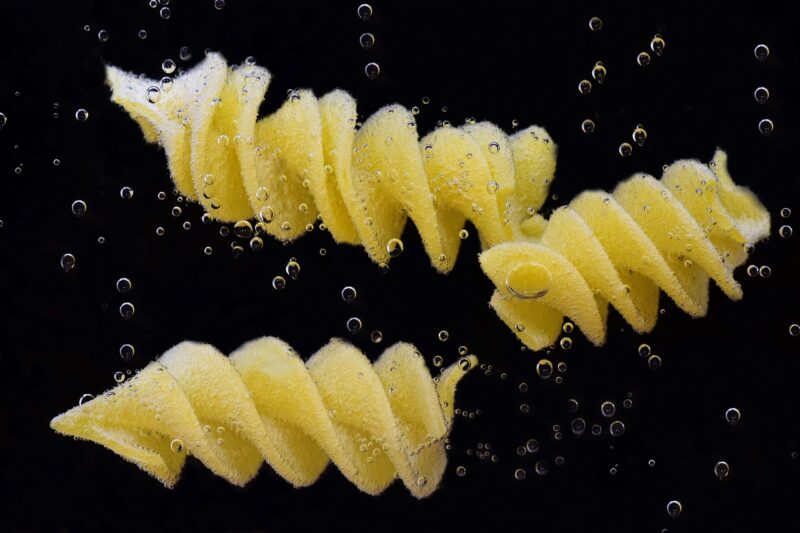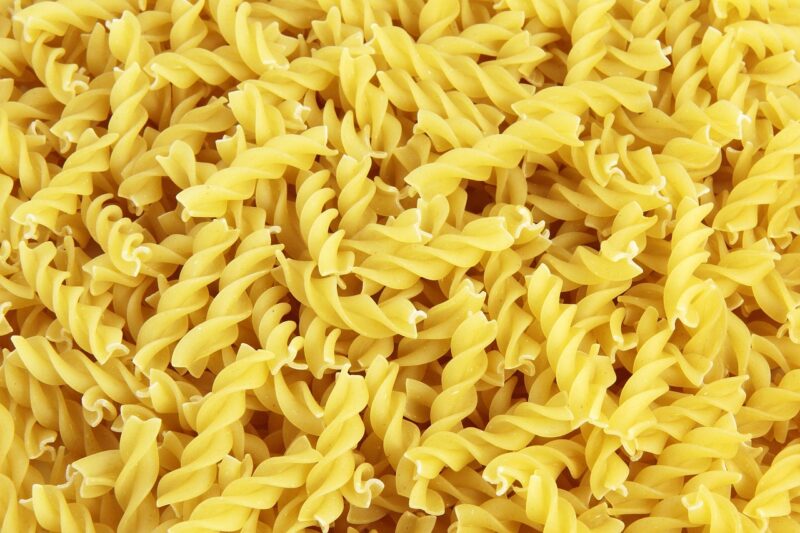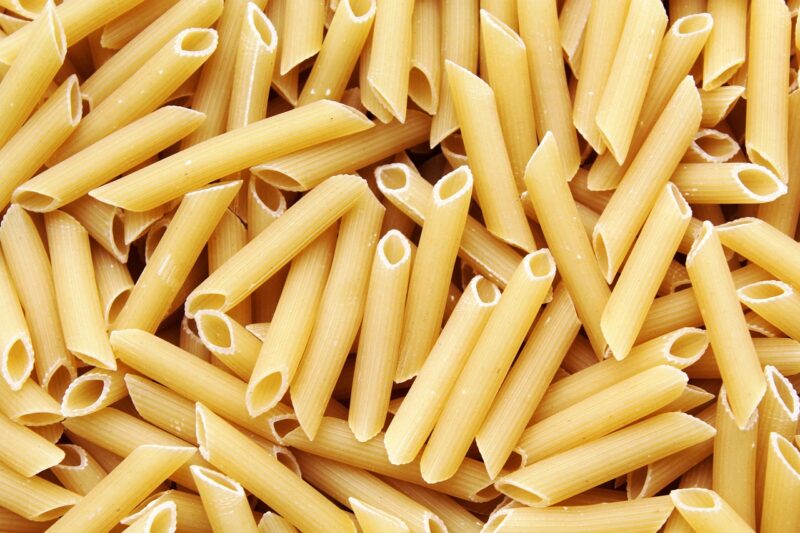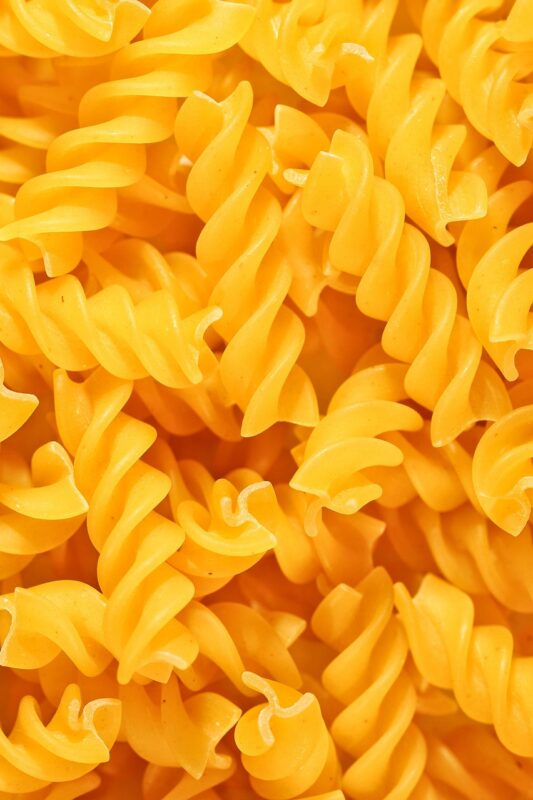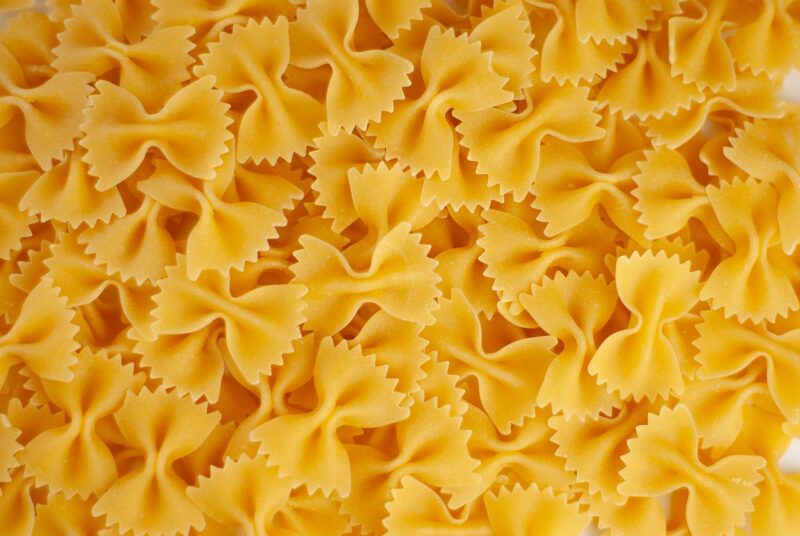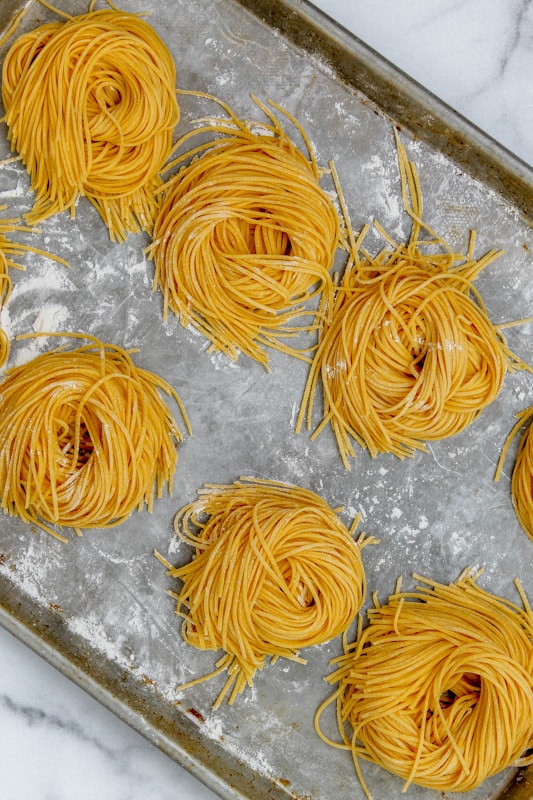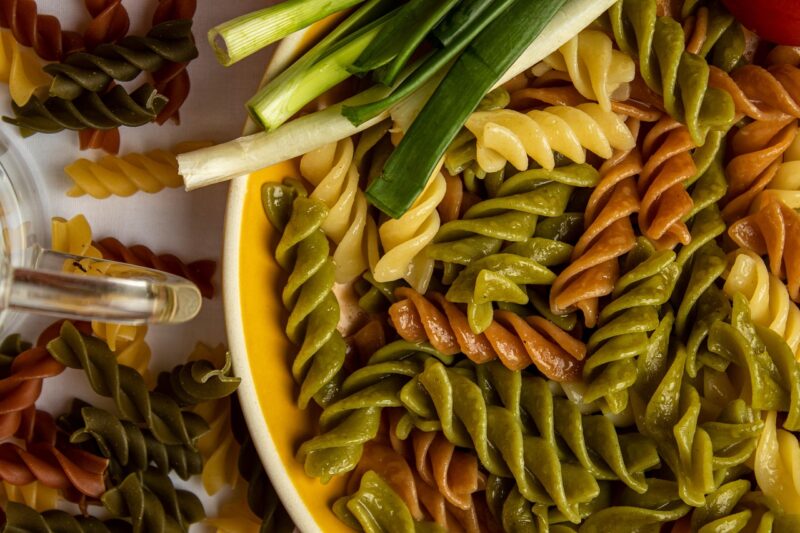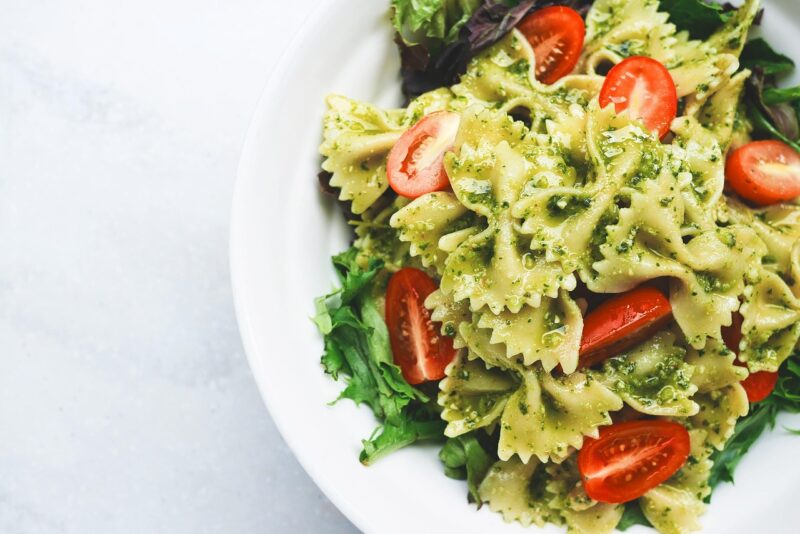Can you freeze cooked pasta? The answer is a resounding yes, and this post aims to provide comprehensive insights into freezing cooked pasta, ensuring you make the most out of your culinary creations. From understanding the science behind freezing to practical tips on how to do it effectively, we’ll walk through the entire process while keeping the experience enjoyable and relatable.
Understanding the Basics of Freezing Cooked Pasta
The Science of Freezing Food
Before we jump into the practicalities, it’s essential to grasp the science behind freezing. When food, including cooked pasta, is frozen, the moisture within it turns into ice crystals. These crystals can vary in size depending on how quickly the food is frozen. Rapid freezing leads to smaller ice crystals, which usually preserves the texture and flavor better than slower freezing. Understanding this principle can help you achieve better results when freezing pasta.
How Freezing Affects Cooked Pasta
Freezing cooked pasta is generally safe, but it’s essential to recognize that the quality may change once it defrosts. When pasta freezes, its structure changes slightly due to the formation of ice crystals, potentially making it more prone to mushiness when reheated. However, particular types of pasta fare better than others. For instance, sturdier pasta varieties like penne or fusilli often hold up better than delicate strands like angel hair.
A Step-by-Step Guide to Freezing Cooked Pasta
Now let’s get into the nitty-gritty. If you’ve got a batch of cooked pasta and are thinking about freezing it, follow these straightforward steps to ensure it retains its best quality.
1. Choose the Right Pasta
Start by selecting the right type of pasta. While most cooked pasta can be frozen, it’s advisable to avoid delicate shapes like ravioli or noodles that are overly thin. Instead, opt for thicker pasta varieties that are more resilient.
2. Rinse, Drain, and Cool
After cooking your pasta, rinse it under cold water to stop the cooking process. This step helps reduce the starchiness that might cause your pasta to clump together when frozen. Once thoroughly rinsed, drain the pasta and allow it to cool completely to room temperature.
3. Portion It Out
Portioning is key. Divide the cooked pasta into meal-sized servings. This makes it easier to thaw only what you need later on, minimizing waste and preserving quality.
4. Choose Your Freezing Method
You have two options here:
Freezing Without Sauce: If you plan to add sauce later, spread the cooled pasta on a baking sheet in a single layer. Freeze it for about 30 minutes until firm, then transfer it to a freezer bag. This technique prevents clumping.
Freezing with Sauce: If you prefer to freeze your pasta with sauce already mixed in, combine it in an airtight container or freezer-safe bag. Make sure to leave a little space at the top, as liquids expand when frozen.
5. Label and Freeze
Label your containers or bags with the date and type of pasta. This practice not only helps keep your freezer organized but also ensures you remember what’s in there when hunger strikes.
6. Thawing It Out
When it’s time to use your frozen pasta, transfer it to the refrigerator to thaw overnight. If you’re in a hurry, you can thaw it using the microwave or by adding it directly to boiling water for a quick reheat.
The Best Types of Pasta for Freezing
While most pasta can be frozen, some do a much better job of retaining their quality than others. Here are some popular choices:
Penne and Rigatoni
These tubular shapes tend to freeze and thaw nicely. Their sturdiness allows them to withstand the freezing process while holding onto flavors and sauces well.
Fusilli
The spiral shape of fusilli makes it great for holding onto sauces, ensuring every bite is flavorful. It also holds its texture well during freezing and reheating.
Farfalle
Also known as bowtie pasta, farfalle has a strong structure that helps it maintain its integrity after freezing. It’s a versatile choice for various dishes.
Spaghetti (with Caution)
While spaghetti can be frozen, it’s susceptible to becoming mushy. If you decide to freeze it, consider adding a bit of oil to help prevent sticking.
Cooking Fresh vs. Freezing Cooked Pasta
There are plenty of valid reasons to opt for freezing cooked pasta instead of cooking from scratch each time. Here’s a look at the pros and cons of each method.
Advantages of Freezing Cooked Pasta
Time-Saving: Having pre-cooked pasta ready to go means fewer dishes to prepare on busy days.
Less Waste: By freezing extra portions, you can reduce food waste. This is especially handy for large gatherings or when cooking for one.
Improved Meal Variety: Freezing allows experimentation with various pasta shapes and sauces without the commitment of preparing an entire batch each time.
Disadvantages of Freezing Cooked Pasta
Texture Changes: Some pasta may lose its ideal texture when thawed and reheated.
Flavor Infusion: Freezing may dull some flavors, particularly for pasta dishes with delicate sauces.
Storage Space: Pre-cooked pasta requires sufficient space in the freezer, which may be a consideration for those with limited storage.
Tips for Getting the Best Results
To ensure your frozen pasta maintains its quality, here are some additional tips to bear in mind:
1. Skip the Oil Before Freezing
While it’s common to add oil to pasta to prevent sticking, it’s best to skip this step before freezing. Oil can create a barrier that impacts how sauces adhere once reheated.
2. Flash Freezing is Key
Flash freezing, as mentioned earlier, is an excellent technique that can help keep your pasta from clumping together. Just 30 minutes in the freezer before transferring to bags can make a world of difference.
3. Don’t Overcook Before Freezing
For best results, undercook your pasta slightly (al dente) before freezing. This prevents it from becoming mushy when you reheat it.
4. Store Properly
Always store pasta in airtight containers or heavy-duty freezer bags to protect against freezer burn. Squeeze out as much air as possible from bags before sealing.
5. Use a Vacuum Sealer
If you’re serious about freezing, a vacuum sealer can be a game-changer. Removing all the air from bags can significantly extend the life and quality of your frozen pasta.
Creative Ways to Use Frozen Pasta
Freezing cooked pasta opens up a world of culinary opportunities. Here are some inventive ways to incorporate it into your meals:
Pasta Primavera
Toss your frozen pasta with sautéed seasonal vegetables and a splash of olive oil. Add garlic and a sprinkle of Parmesan for a delightful dish that’s quick and easy.
Pasta Bake
Layer frozen pasta with marinara sauce, cheese, and other toppings in a baking dish for a comforting pasta bake. It’s a great way to transform frozen leftovers into a hearty meal.
Stir-Fries
Using cooked pasta in stir-fries is a unique twist! Add your frozen pasta to a hot skillet with some vegetables, protein, and soy sauce for a quick fusion dish.
Soups and Stews
Frozen pasta can be an excellent addition to soups and stews. Just toss it in during the last few minutes of cooking for a warm, comforting touch.
Pasta Salad
Thaw and toss your pasta with some fresh veggies, a tangy dressing, and maybe some diced rotisserie chicken for a delightful pasta salad.
Troubleshooting Common Issues
While freezing cooked pasta generally leads to good results, there may be hiccups. Here are some common concerns and how to address them:
Mushy Texture
If your reheated pasta ends up mushy, try reducing the cooking time before freezing. Less time on the heat should help maintain the desired bite.
Clumping
To prevent clumping when thawing, especially with frozen pasta that wasn’t flash-frozen, try reheating it in boiling water or separating it gently with a fork in a skillet over low heat.
Loss of Flavor
If you notice a flavor drop, consider using more robust sauces, seasonings, or herbs during reheating. Adding fresh ingredients can revitalize your dish.
Conclusion
In summary, the answer to “Can you freeze cooked pasta?” is a definitive yes! Whether you’re looking to save time, reduce waste, or simply make your life a little easier in the kitchen, freezing cooked pasta is a viable option. By following the step-by-step guide, being mindful of what pasta to freeze, and employing some creative uses, you can enjoy a delicious and convenient meal whenever cravings hit.



